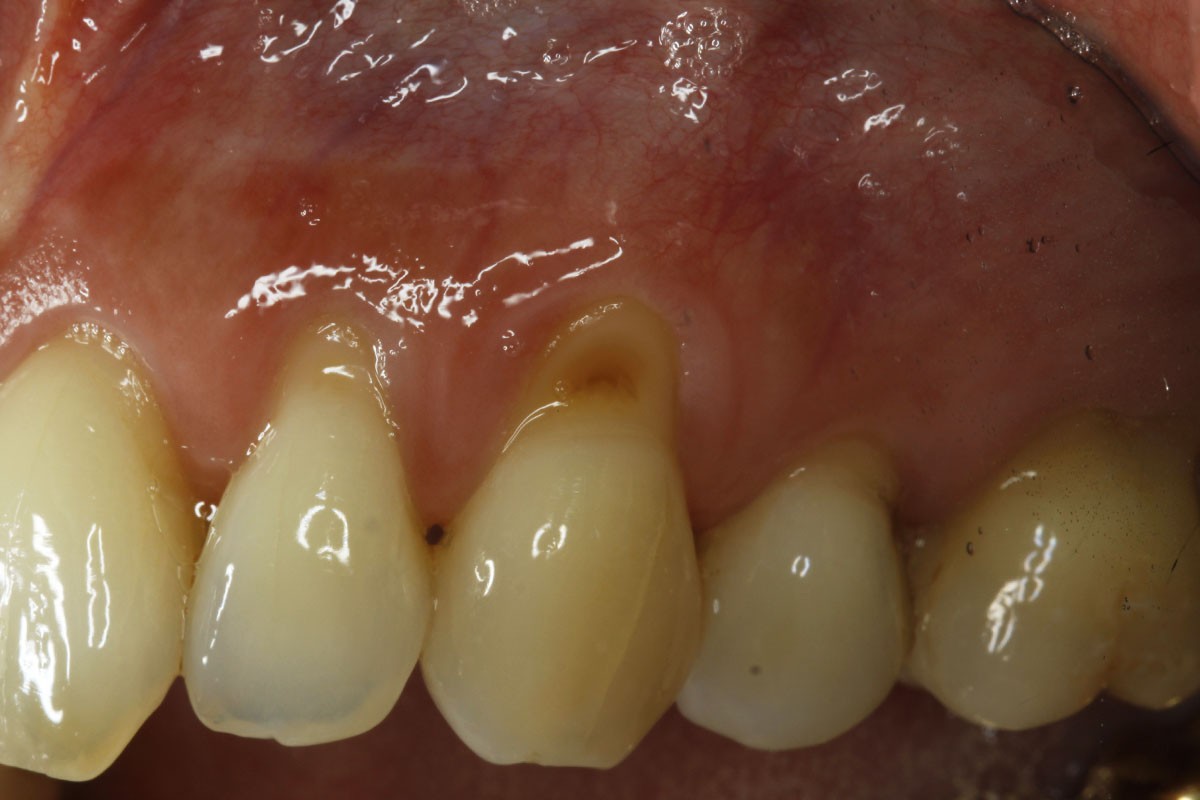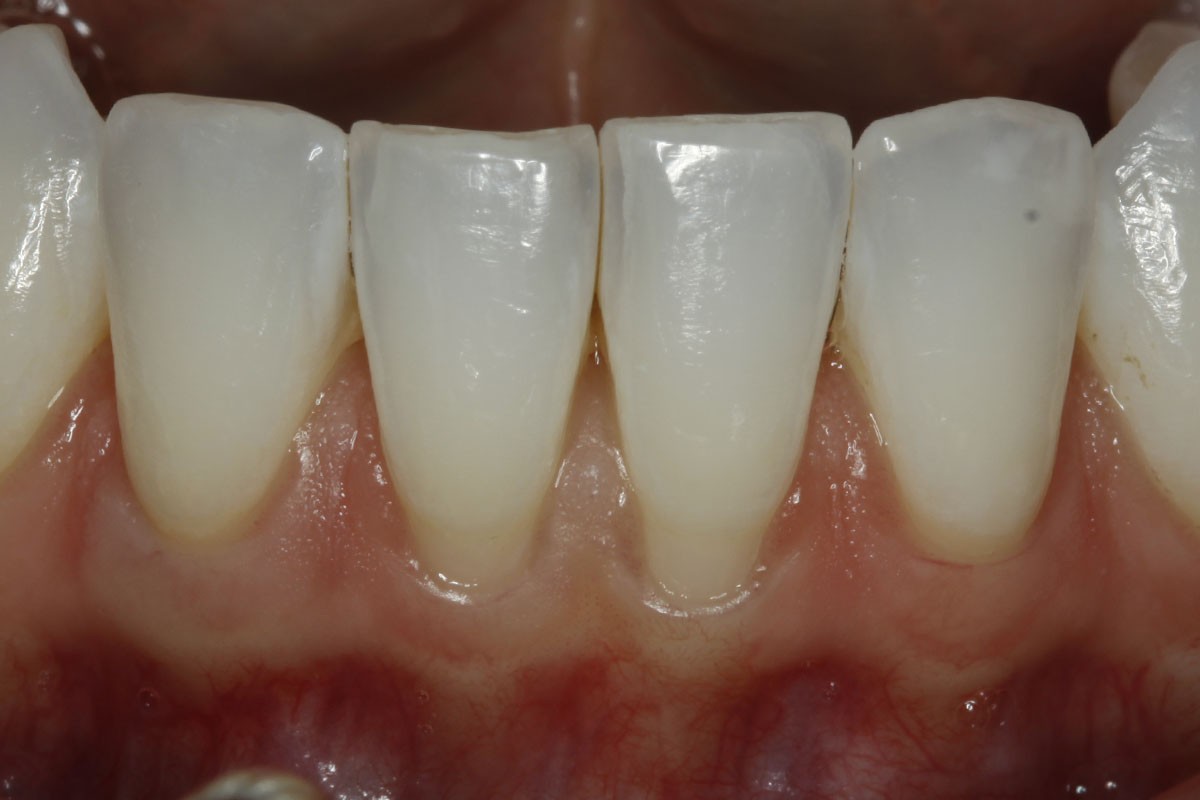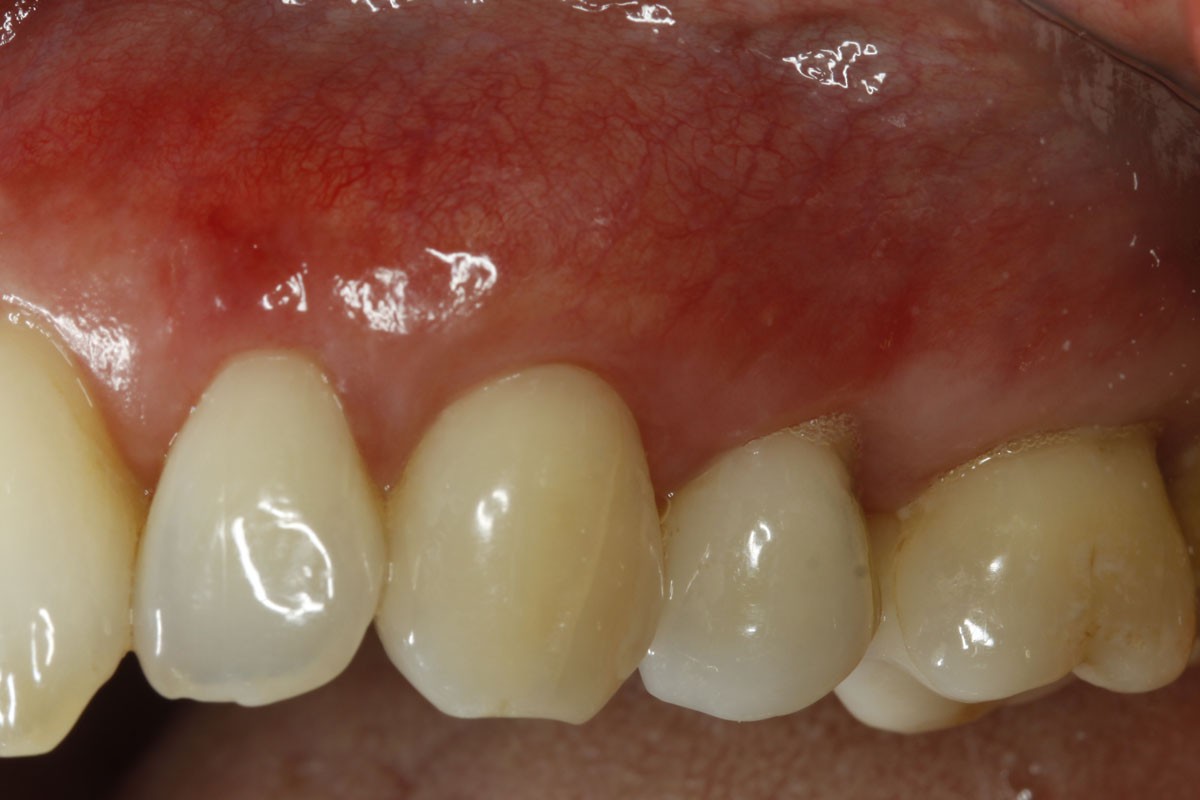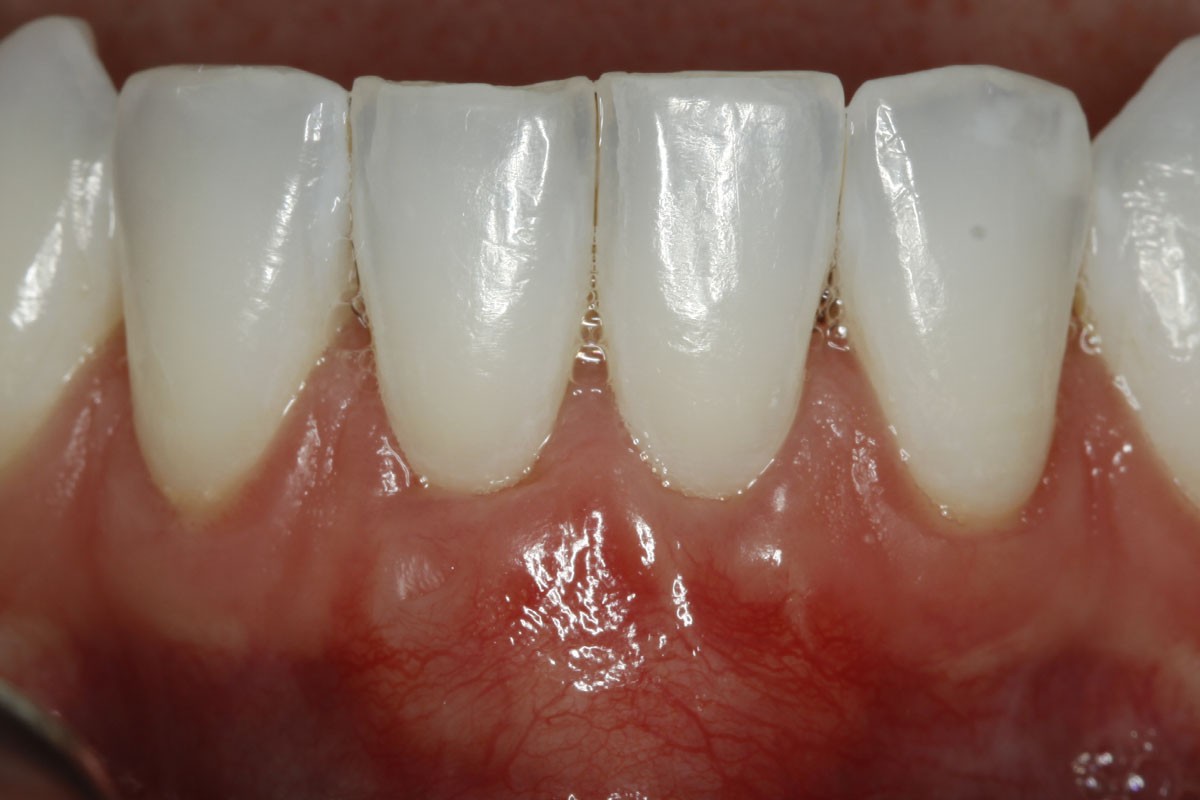Gum Grafting
Do you have receding gums? Here is how to restore your smile!
Are your teeth more sensitive to hot or cold items? Do you see that they are longer than usual? If your answers to these questions are yes, then you could have receding gum line or inadequate gum tissue.
Gum recession exposes the roots of the teeth. It may result in increasing sensitivity, excessive wear on the roots, root cavities, and inflammation of the gum. Receding gum could also be a sign of periodontal diseases.
Receding gum has many contributing factors. They include,
- Overzealous toothbrushing
- Thin gum tissue
- Misaligned teeth
- Trauma, such as tongue piercing
- Poor oral hygiene
How are receding gums treated?
There are two main approaches in which receding gums can be treated. The method that is used depends on individual cases. One of the methods of treatment is soft tissue grafting. In this case, gum tissue is placed inside underneath the gum line. The tissue graft is then sutured to secure it in place in such a manner that a new edge of the gum partially or completely covers the root surface exposed by recession. The other method of gum grafting is done through tissue from certified donors.
Advantage of gum grafting
The purpose of gum grafting is to restore adequate attached gum tissue, improving the quality of the tissue and reducing the likelihood of further recession. Covering exposed root surfaces can help to decrease root sensitivity or root decay as well as enhance the esthetics of the area.


Before

